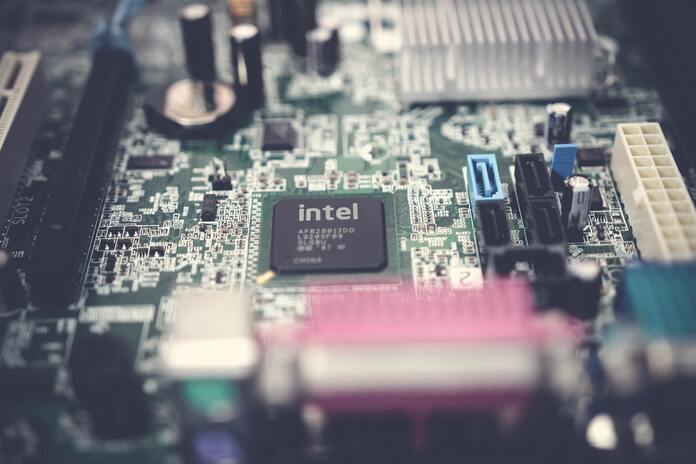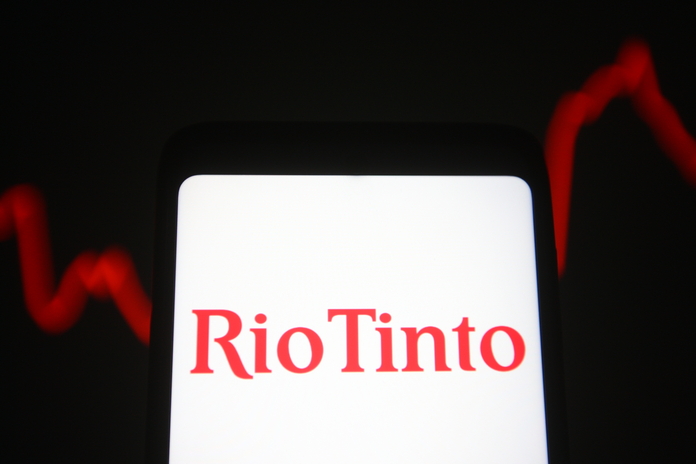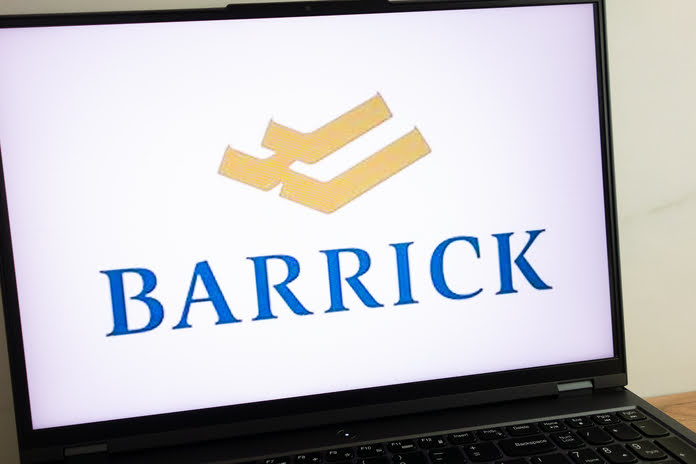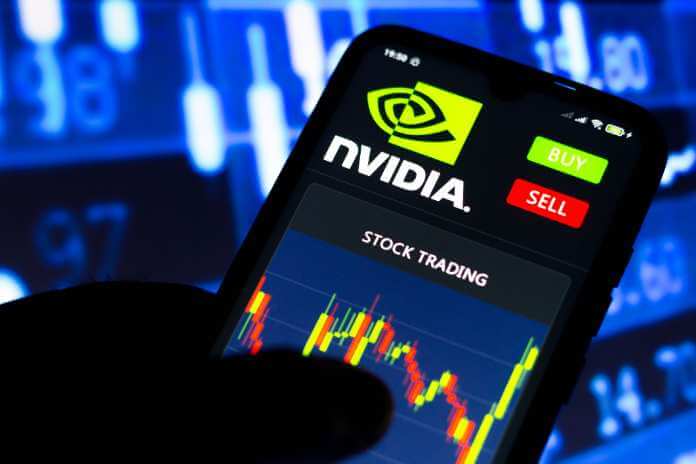Intel Stock (NASDAQ:INTC)
Since our last update, Intel Corporation (NASDAQ:INTC) stock has underperformed the S&P 500, as we downgraded INTC following its remarkable recovery.
Since late March, the iShares Semiconductor ETF has similarly lagged the S&P 500, as market participants have taken profits/losses on outperforming semi-stocks.
As a result, astute INTC investors should be unsurprised by the pullback.
Q1 Wasn’t So Bad
Intel’s earnings report wasn’t all that bad, however, its adjusted gross margin dipped to 38.4% from 43.8% in the previous quarter. Furthermore, Intel’s Q2 guidance suggests that the pain is not yet over, with an adjusted gross margin outlook of 37.5%.
Despite this, management’s commentary suggests that Intel’s worst may be over in H1FY2023, with a significant improvement in profitability in H2.
As a result, Intel CFO Dave Zinsner informed investors that the company expects “to comfortably be in the 40s from a gross margin perspective in the back half of the year.”
As a result, Intel anticipates that the worst of the recent headwinds will subside, albeit it remains “cautious about the macroeconomic outlook.”
Notably, Intel anticipates that the recently increased costs of product qualification, factory underloading, and inventory adjustments will be reduced in the future. As a result, these are projected to provide a significant boost to Intel’s near-term gross margin recovery.
Furthermore, supply chain sources indicate that inventory adjustment at its downstream customers has significantly improved. However, the “lack of new product plans for the second half of 2023” has concerned downstream players about a long-term recovery in demand in H2.
According to Intel management, the business expects a “stronger second half,” with its customers ending the first quarter with a “healthy inventory position.”
As a result, the business expressed confidence in attaining its target of a “270 million unit sell-through TAM for the year.” CEO Pat Gelsinger reminded investors that it is roughly consistent with “240 million or 250 million units sell-in TAM from industry analysts.”
As a result, the expected H2 recovery should be closely monitored, as INTC’s recovery and price action indicate that investors have likely reflected optimism.
AMD’s (NASDAQ:AMD) threat to Intel’s capacity to increase Sapphire Rapids shipments is projected to escalate in 2023. As a result, management stated that the “server and networking markets remain weak as cloud and enterprise have yet to reach their bottoms.”
As a result, Intel’s guidance has most certainly taken into account the near-term challenges from future market share losses to AMD. Investors will need to evaluate whether the Sapphire Rapids shipment cadence can improve in H2, allowing Intel to compete more effectively against AMD.
Therefore, we assessed that investors need to account for more significant execution challenges, even as Intel said it remains on track with its data center product launch and shipment cadence through 2025 with Clearwater Forest.
Intel Stock Is a Hold
Intel stock valuation remains unaggressive.
In early April, INTC buyers attempted to break through the $31 resistance level. However, sellers decisively rejected their valiant attempt, and INTC fell back below those levels.
The pullback in INTC is consistent with the topping signals seen in the SOXX in March, indicating caution.
We determined that there is no optimal entry point for purchasers who missed INTC’s March lows to jump on board. Our analysis of its growth and valuation variables suggests that we should be cautious unless we see severe pessimism in INTC.
Those signals were detected in October and December 2022, as previously reported here and here. Such signals were also observed in late February/March, as we have shown here.
With this in mind, investors should sit on the sidelines and wait before buying Intel stock.
Featured Image: Pexels @ Pok Rie

















